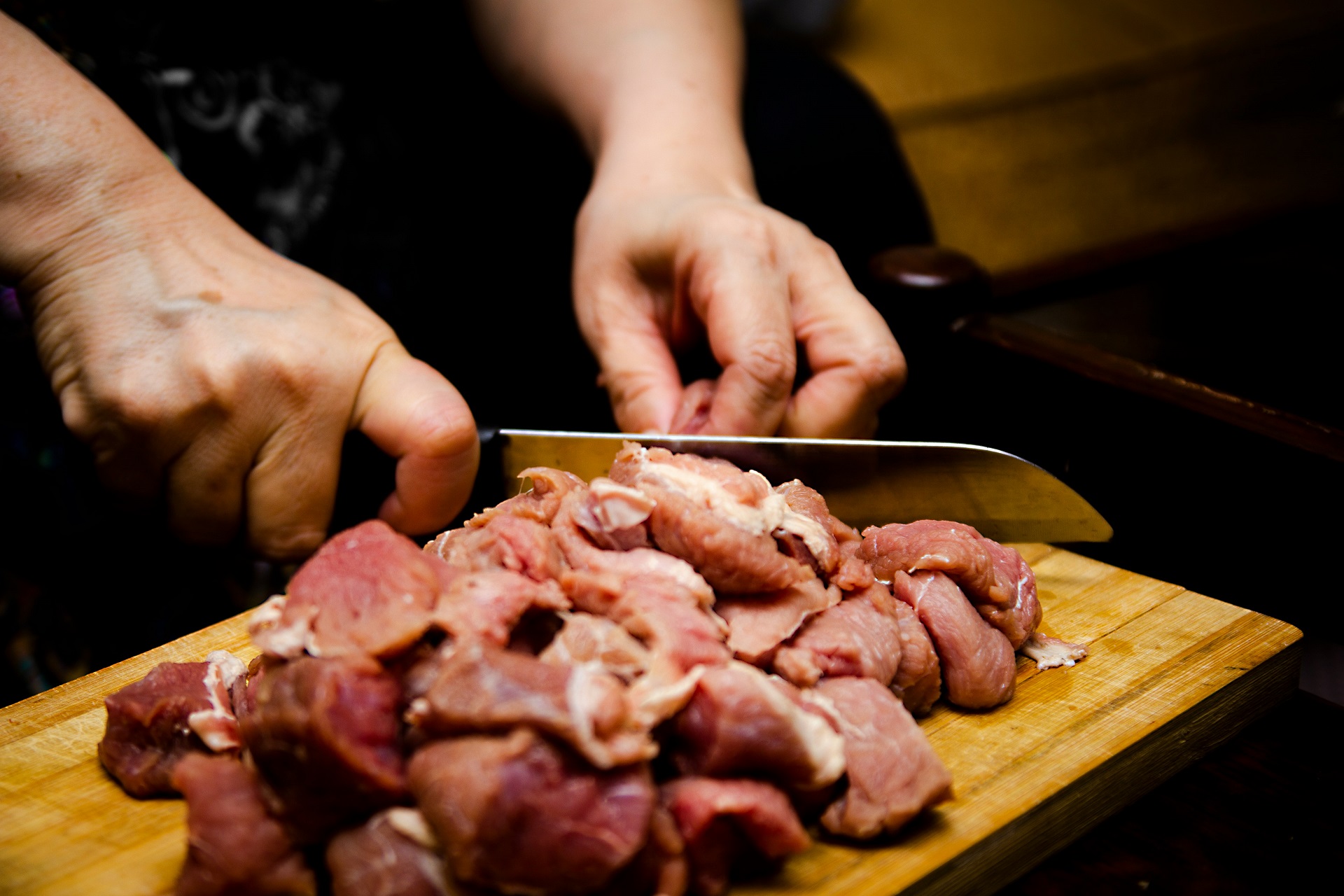
Pounding meat, such as chicken breasts, is a culinary technique used to tenderize the meat and ensure even cooking. It’s particularly useful when preparing dishes like chicken parmesan, schnitzel or any recipe that requires a thin cutlet. However, anyone who’s tried this knows it can quickly turn into a messy, loud endeavor. Here’s how to efficiently pound chicken or other meats without turning your kitchen into a disaster zone.
Before you start, make sure you have the right tools. Ideally, you should be using a flat meat mallet. If you don’t have one, a rolling pin or even a heavy skillet can work. Grab plastic wrap or parchment paper to cover the meat and prevent splatters. Also, choose a cutting board with a solid base for pounding.
Make sure your cutting board is on a stable surface. You can place a damp kitchen towel under the cutting board to prevent it from slipping. Clear enough space around your working area so you can swing the mallet without hitting other objects.
Trim any excess fat or sinew from the meat, as these parts don’t pound well and can cause the meat to tear. If you’re working with a large piece of meat, like a whole chicken breast, slice it into smaller, more manageable portions. This allows for more uniform thickness after pounding.
Start by laying out the meat. Place a single piece of meat in the center of your cutting board. Cover the meat with plastic wrap or parchment paper, and be sure that it extends beyond the edges of the meat to catch any splatters. This barrier also prevents the mallet from sticking to the meat and tearing it.
Using a meat mallet, start pounding gently from the center of the piece outwards. The goal is to thin the meat, not to pulverize it. Use even, measured strokes to maintain control and minimize noise. Occasionally, lift the plastic warp to check the thickness of the meat. Aim for an even thickness according to your recipe’s directions, usually about ¼ inch for cutlets.
After pounding, there’s potential for meat juices to have escaped, even with precautions. Clean and sanitize all surfaces that might have come into contact with raw meat. Wash your meat mallet, cutting board and any other tools used with hot, soapy water. This protects the spread of foodborne illnesses like salmonella and giardia.
For firmer meats like pork or beef, consider freezing them slightly before pounding. This firmness makes it easier to get them to an even thickness without too much force. Remember that pounding meat is not about force but about technique. Focus on using even motions and don’t rush the process. And, always be mindful of where your hands and fingers are in relation to where you are pounding.
Pounding meat is a straightforward technique that improves cooking results and enhances flavor by allowing seasonings to penetrate more deeply. By following these steps, you can master the art of pounding meat without the mess or hassle. For more great tips on how to cook the best chicken, visit La Rosa Chicken and Grill’s blog! Even better—stop in and try our delicious chicken dishes!